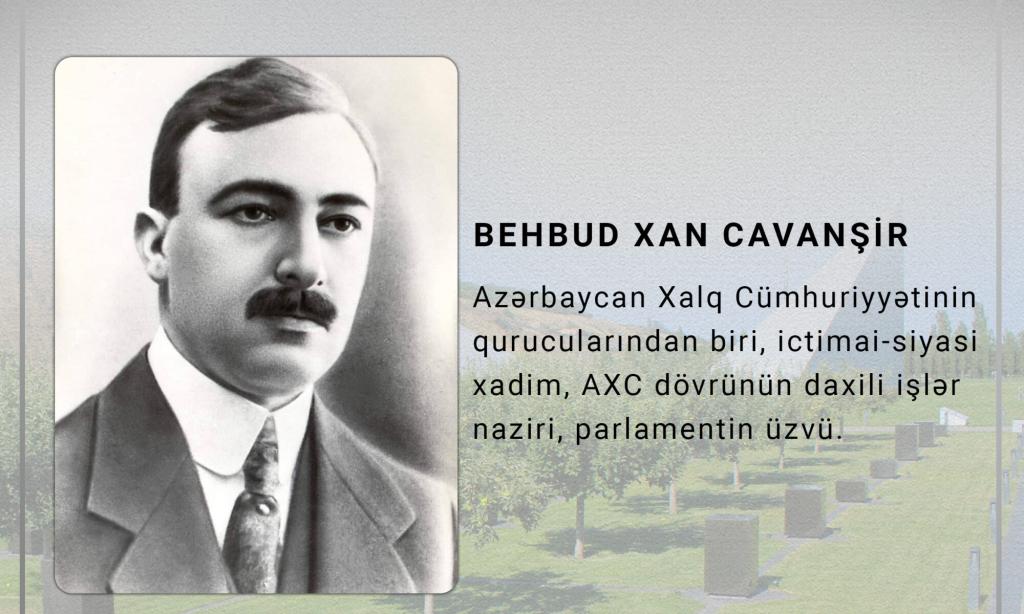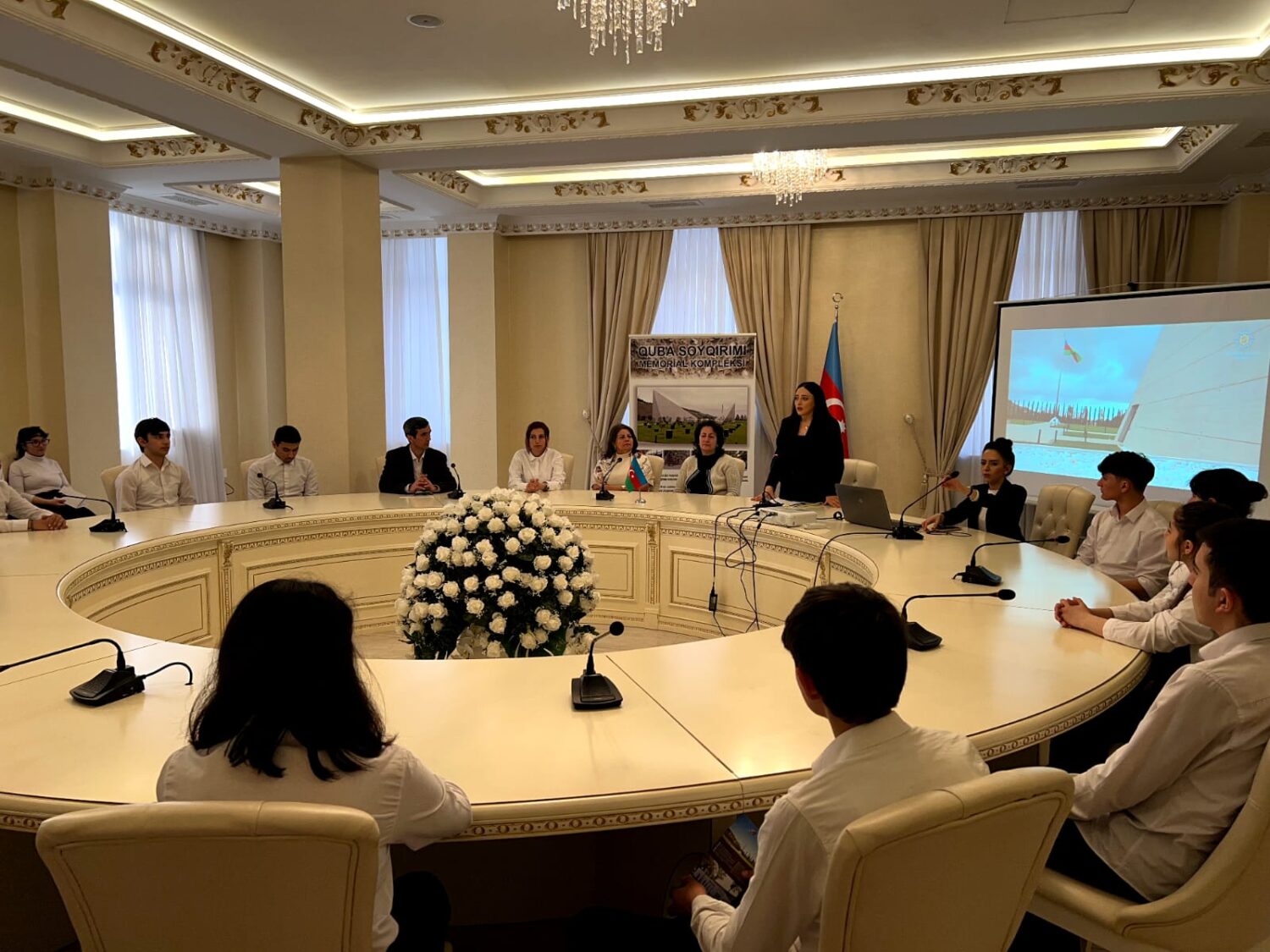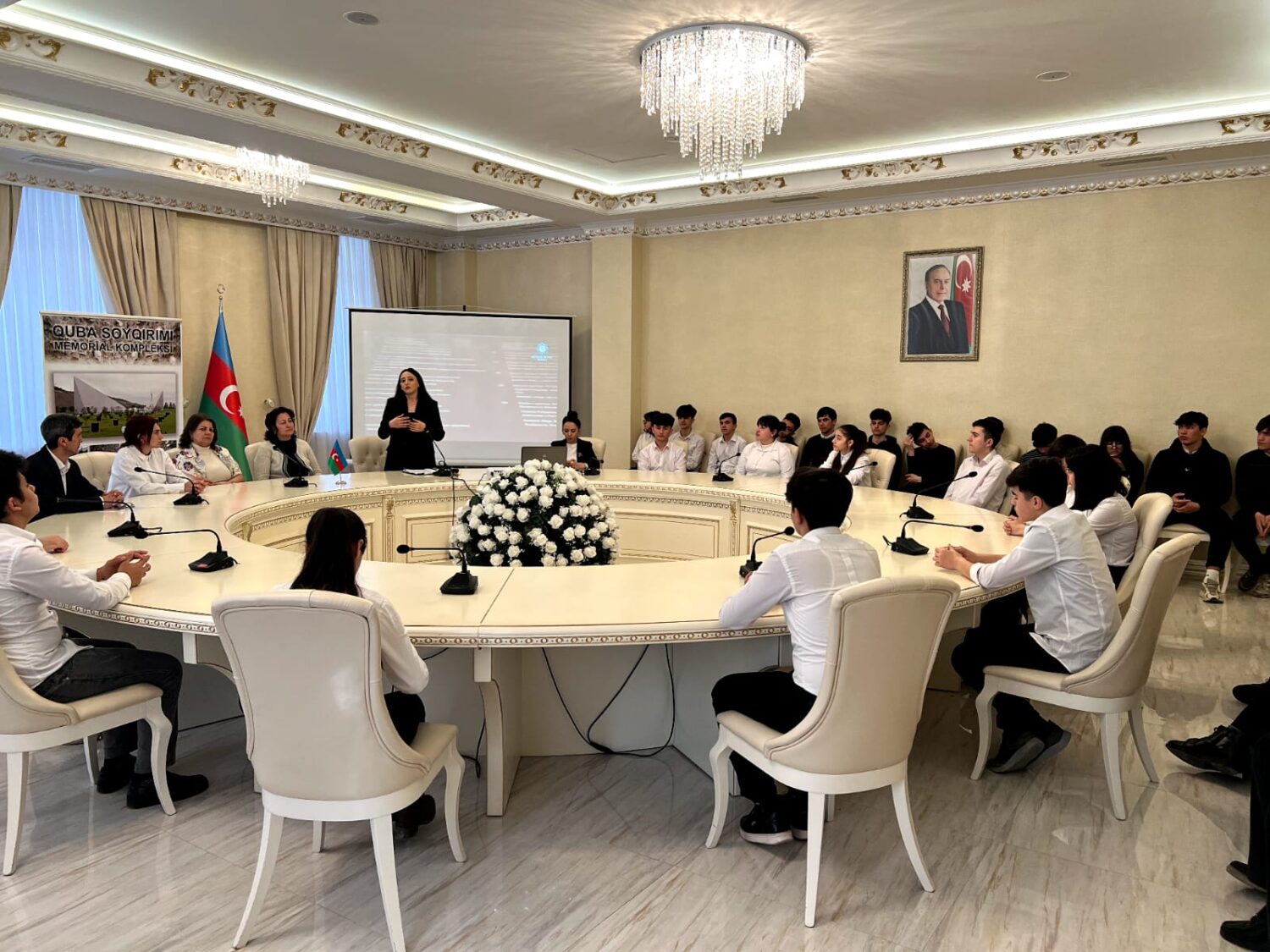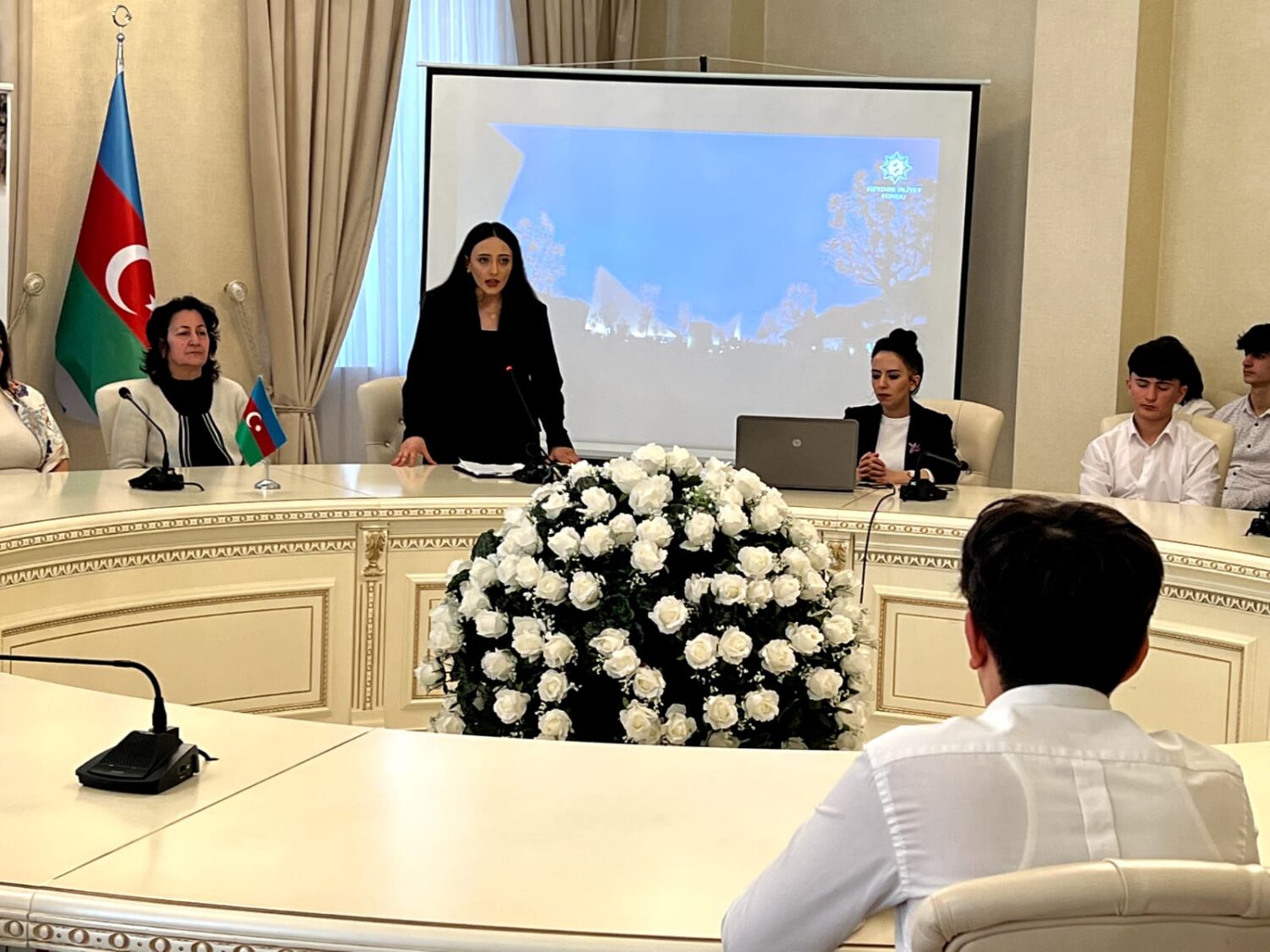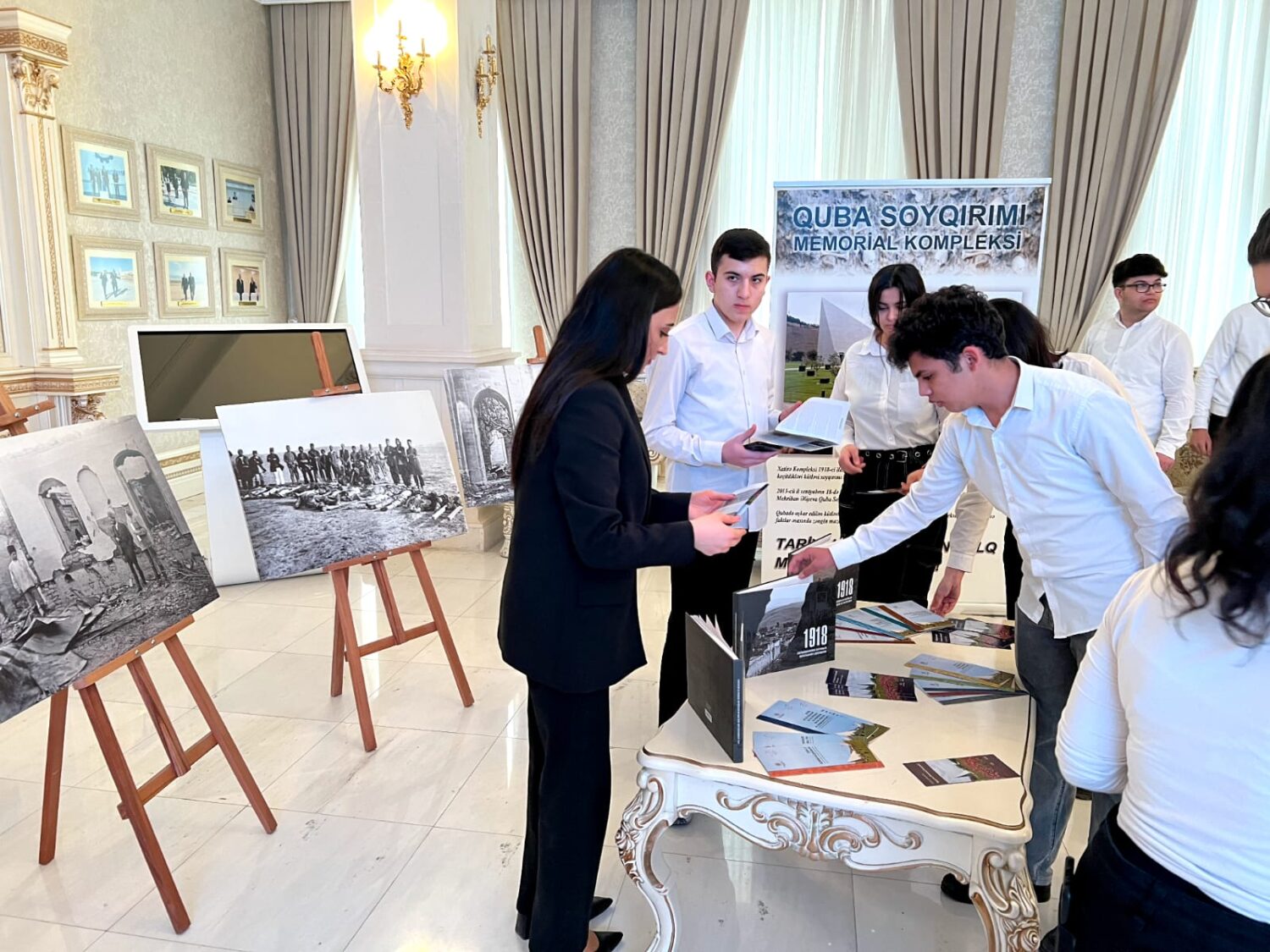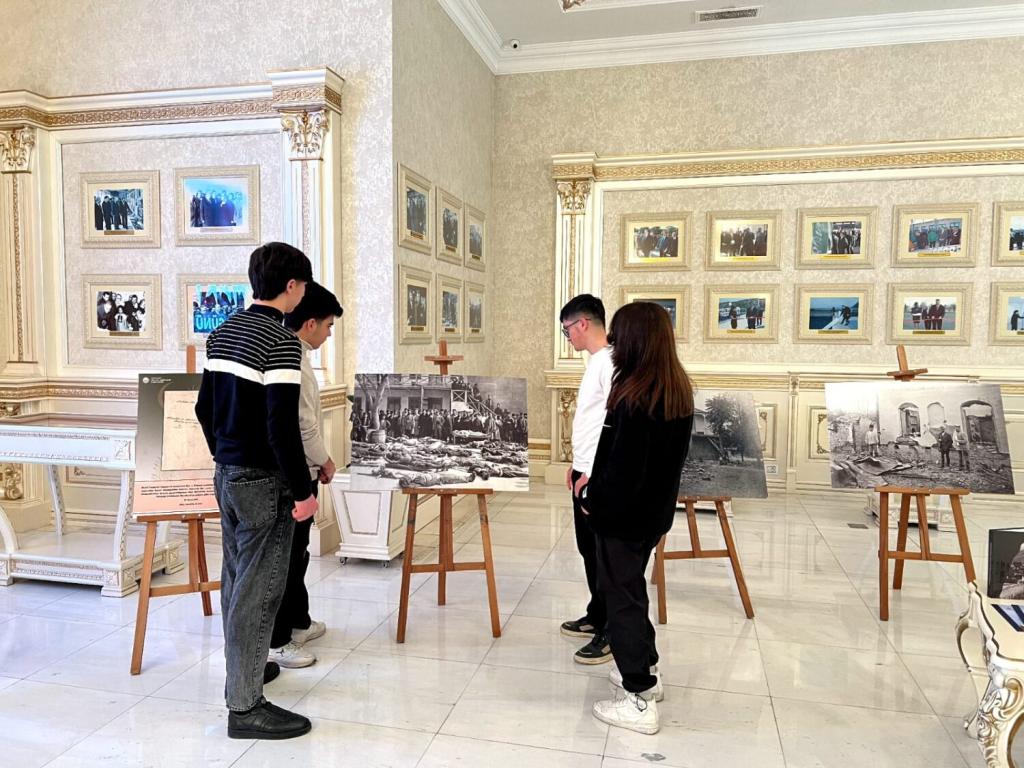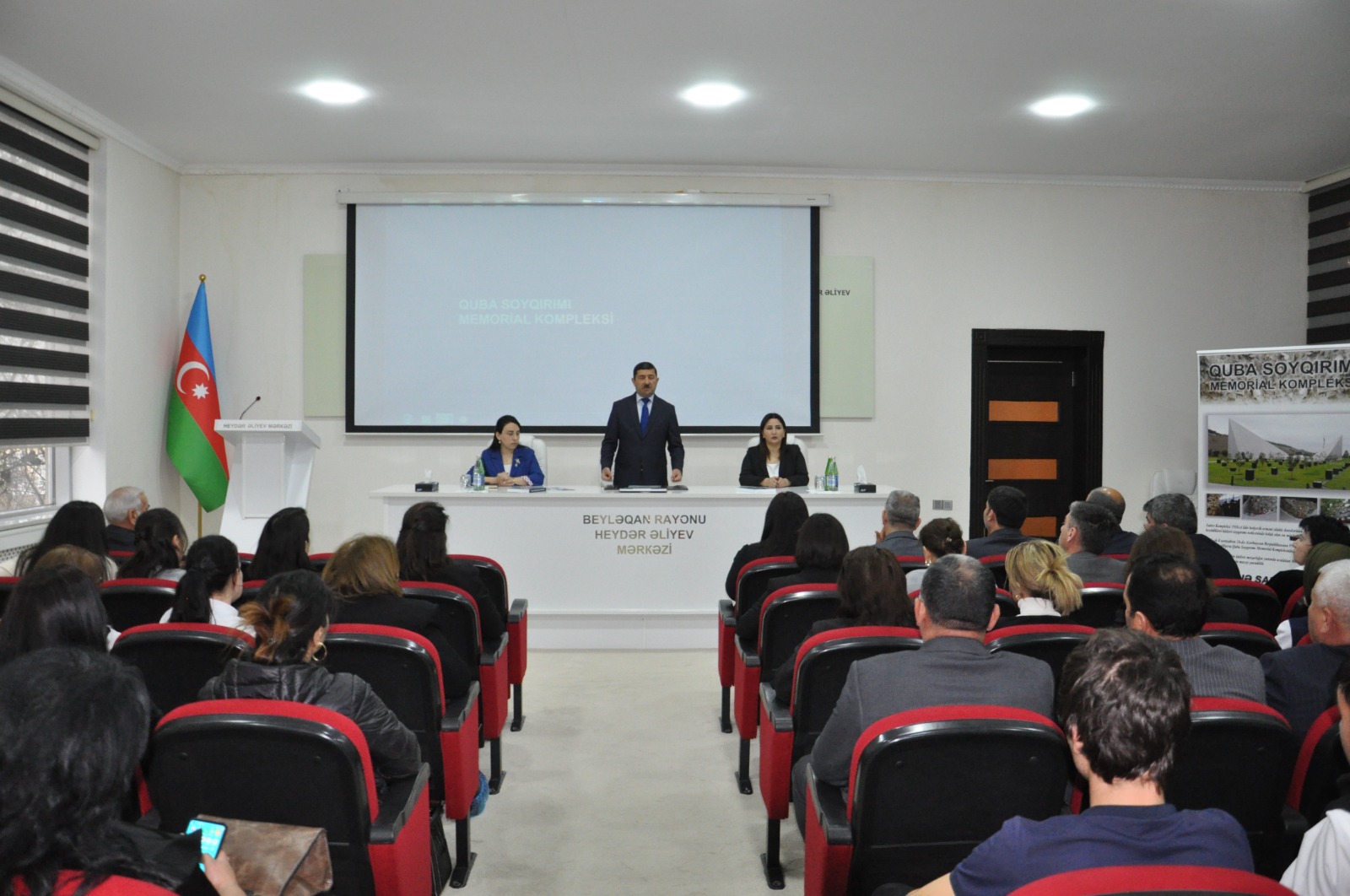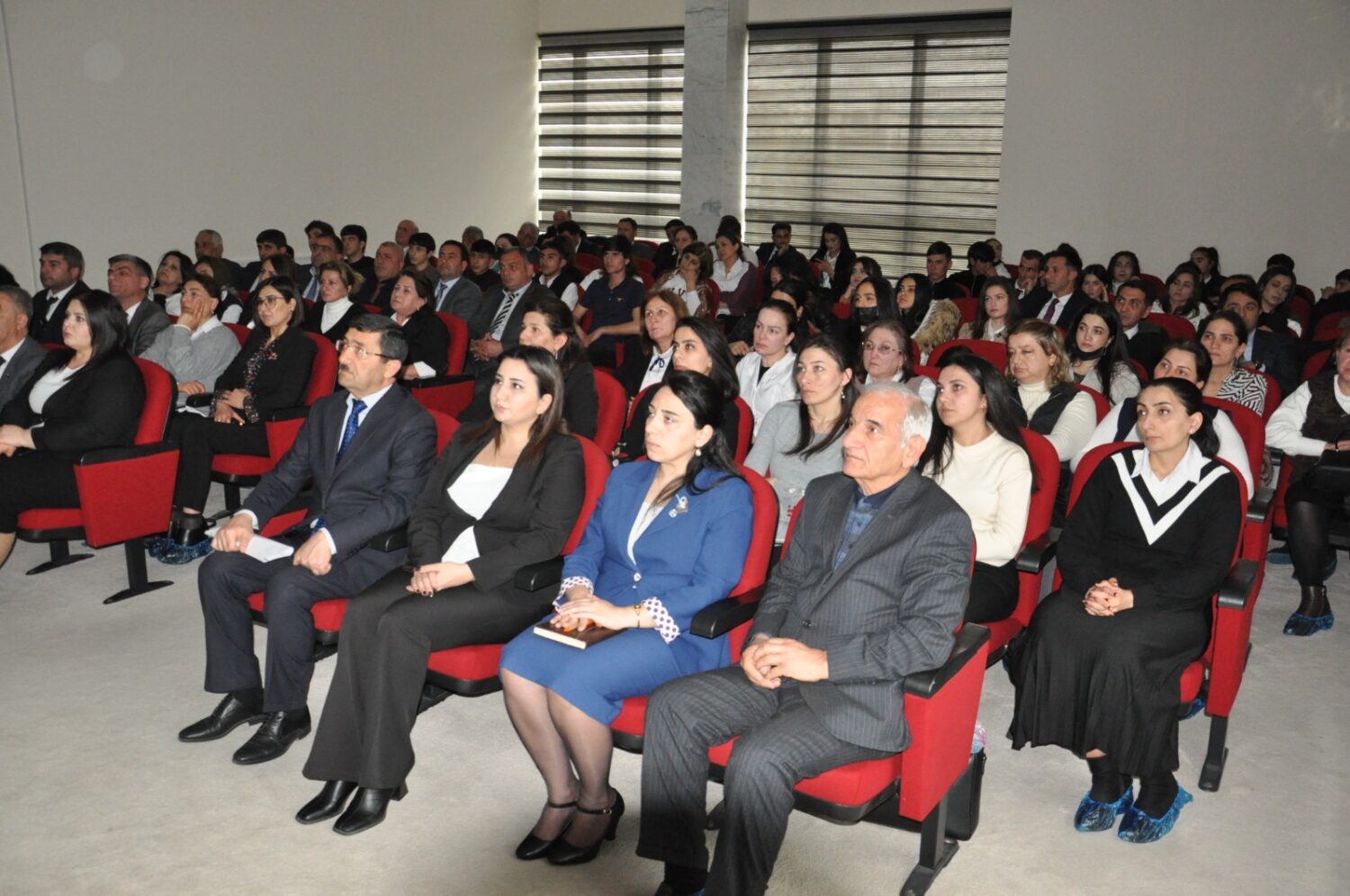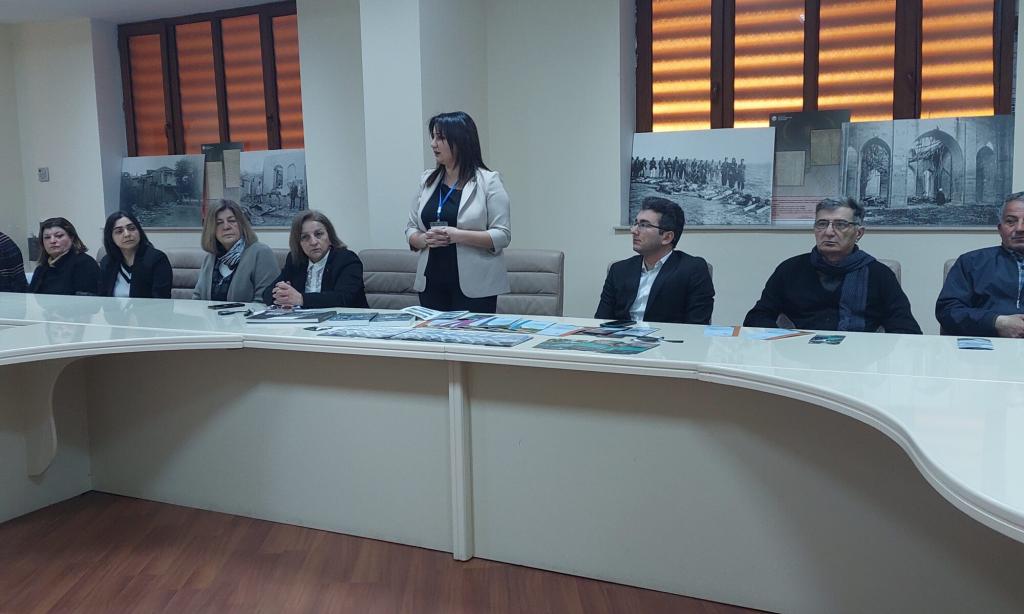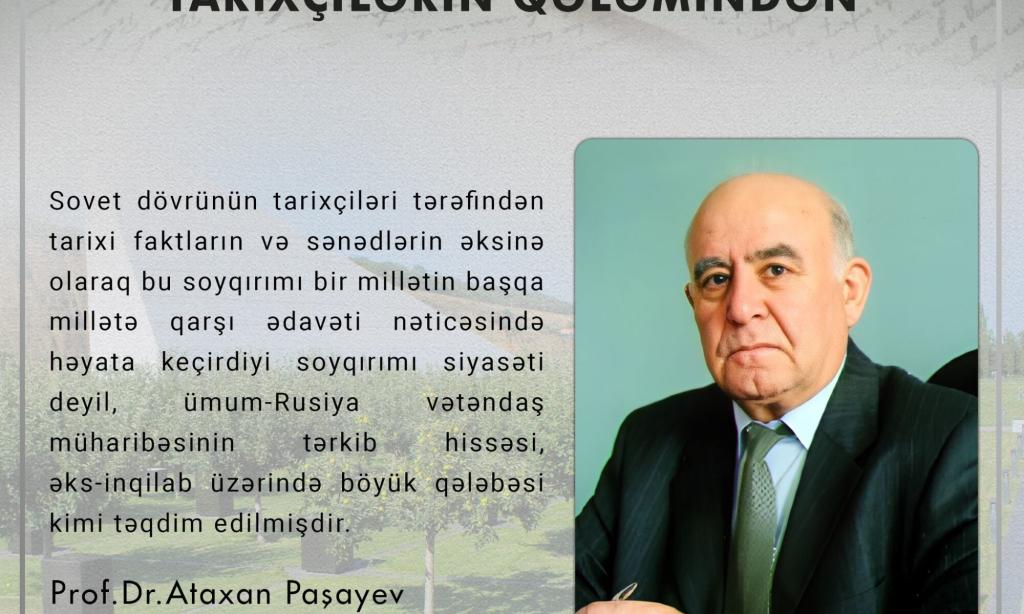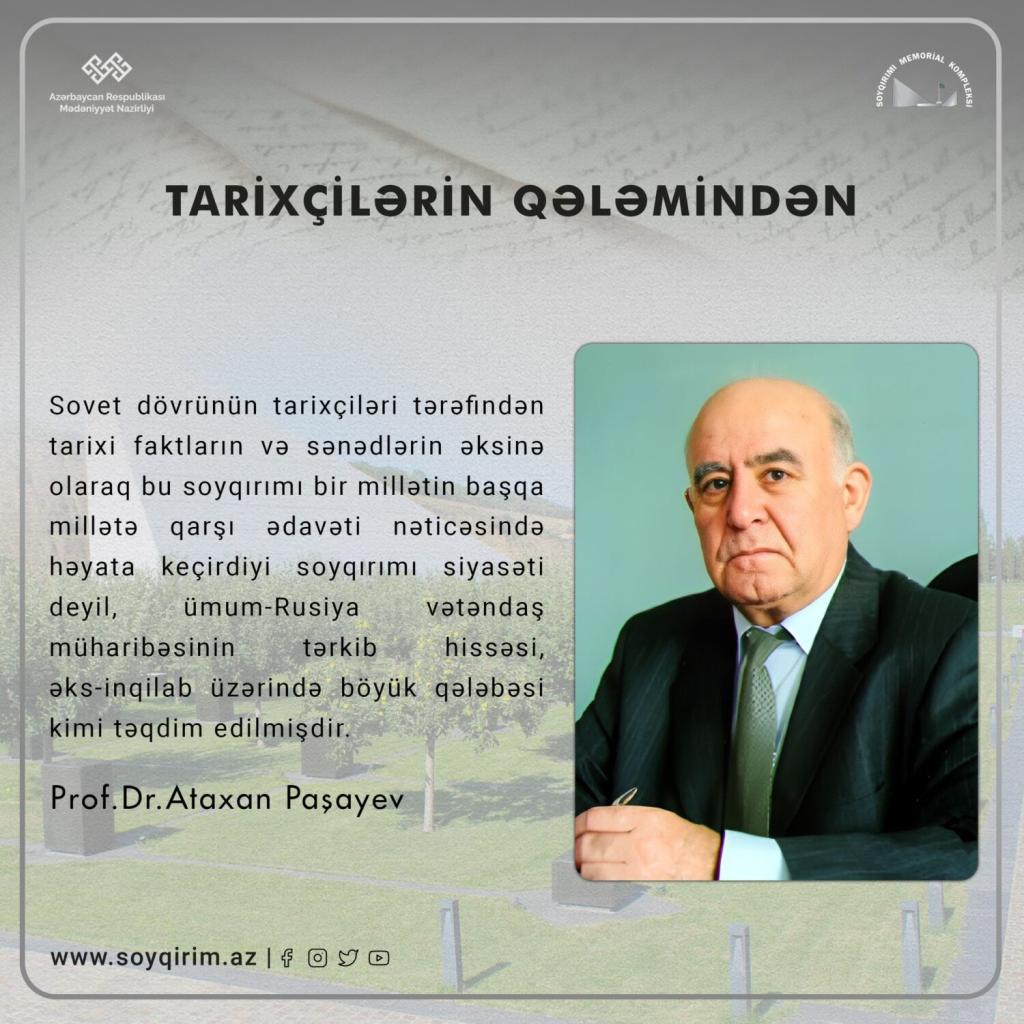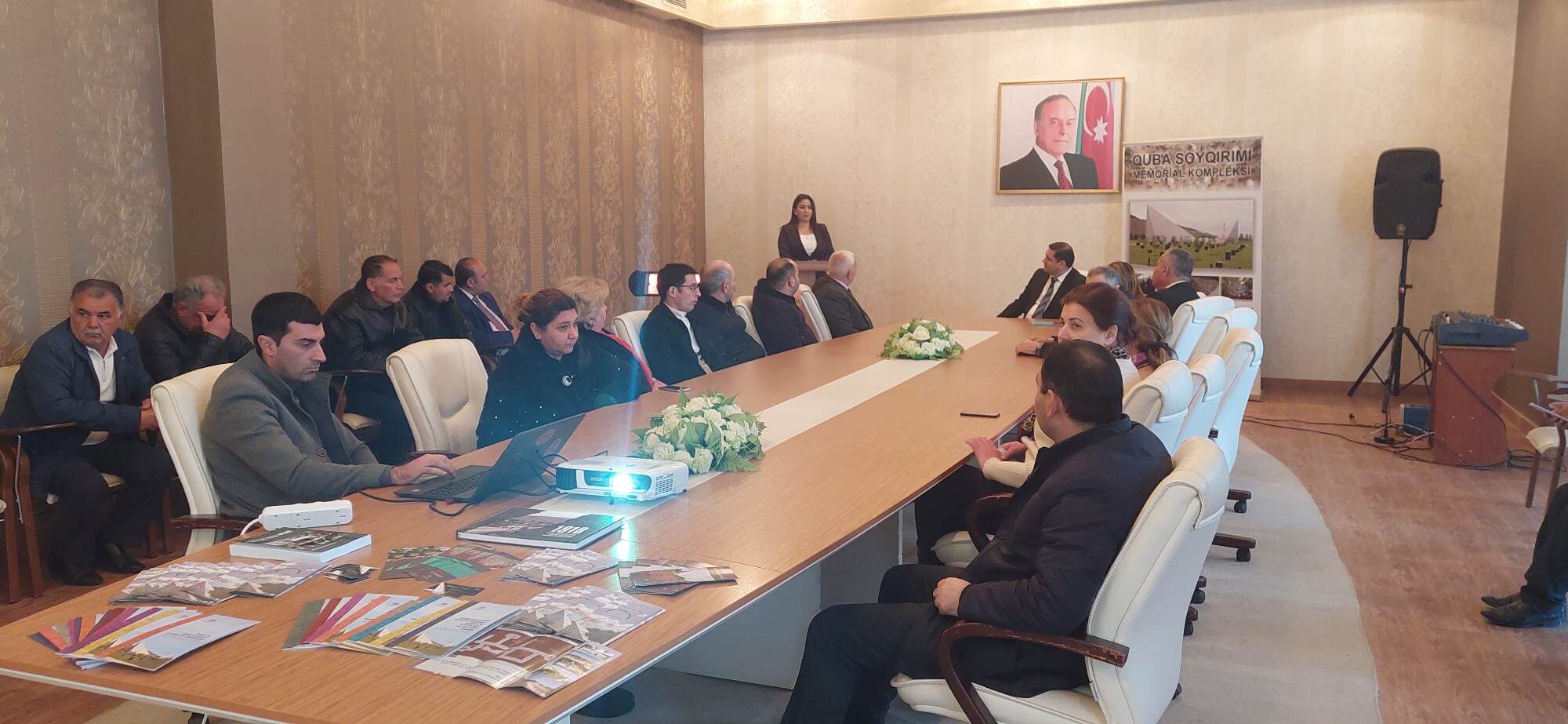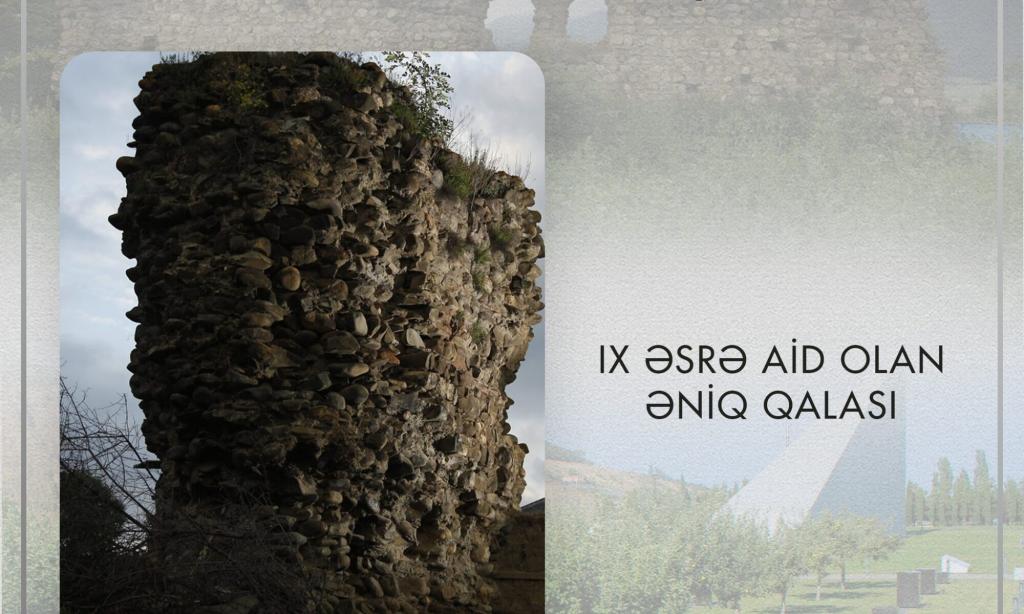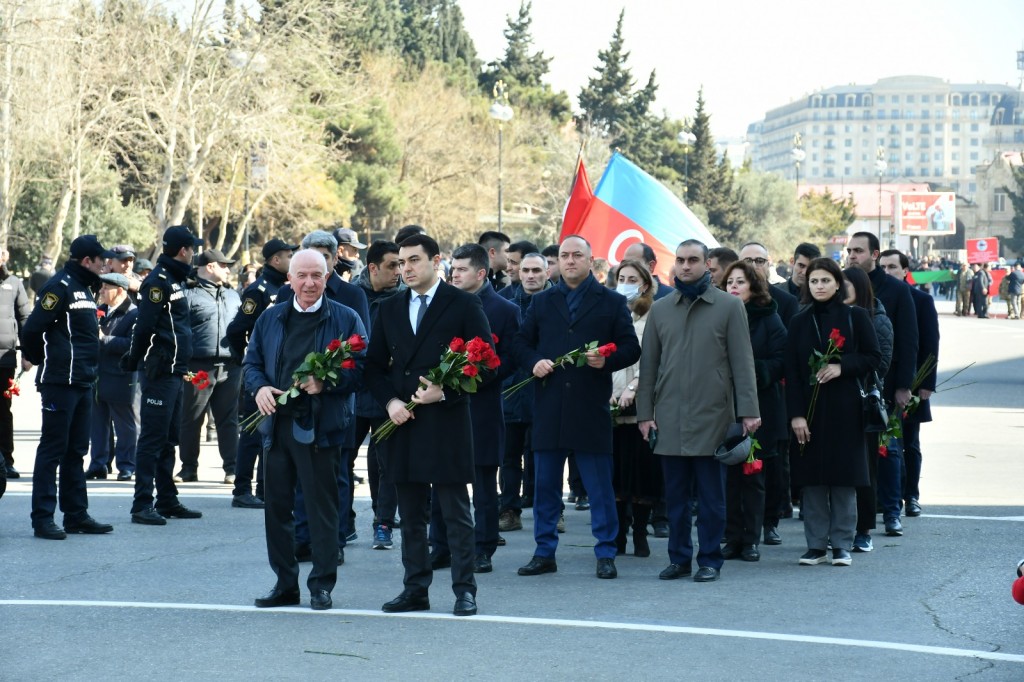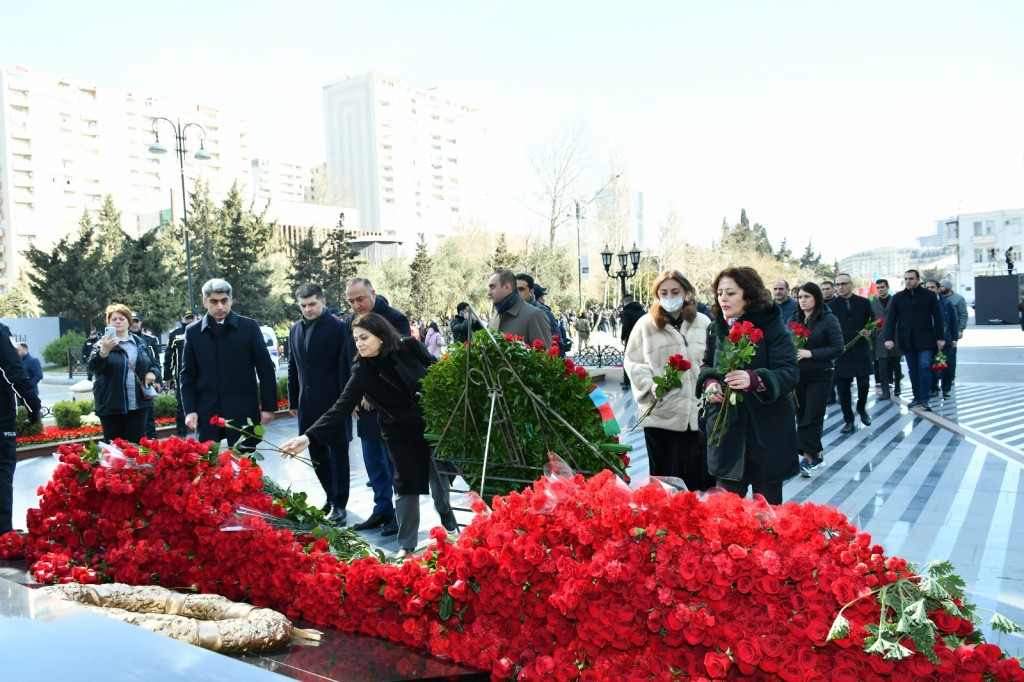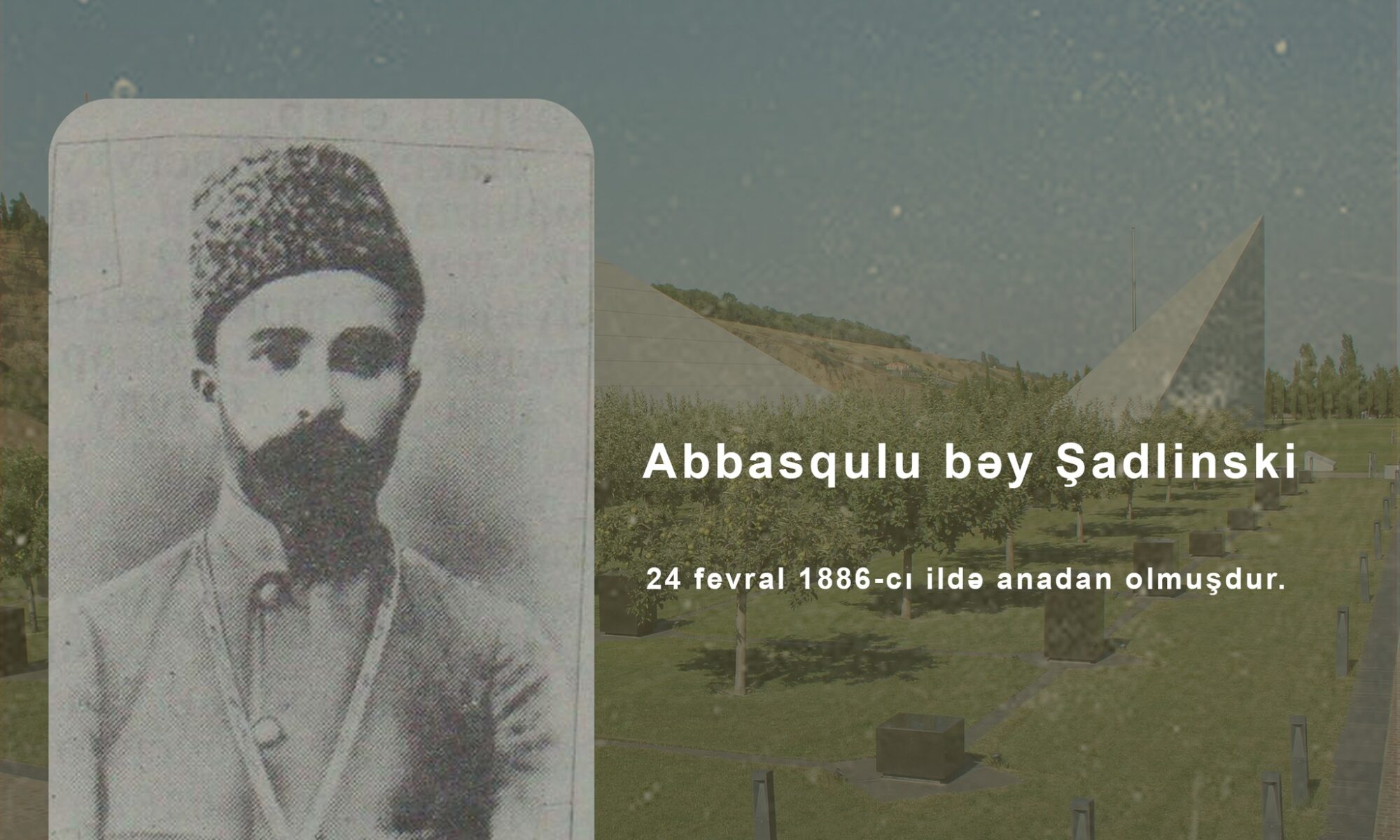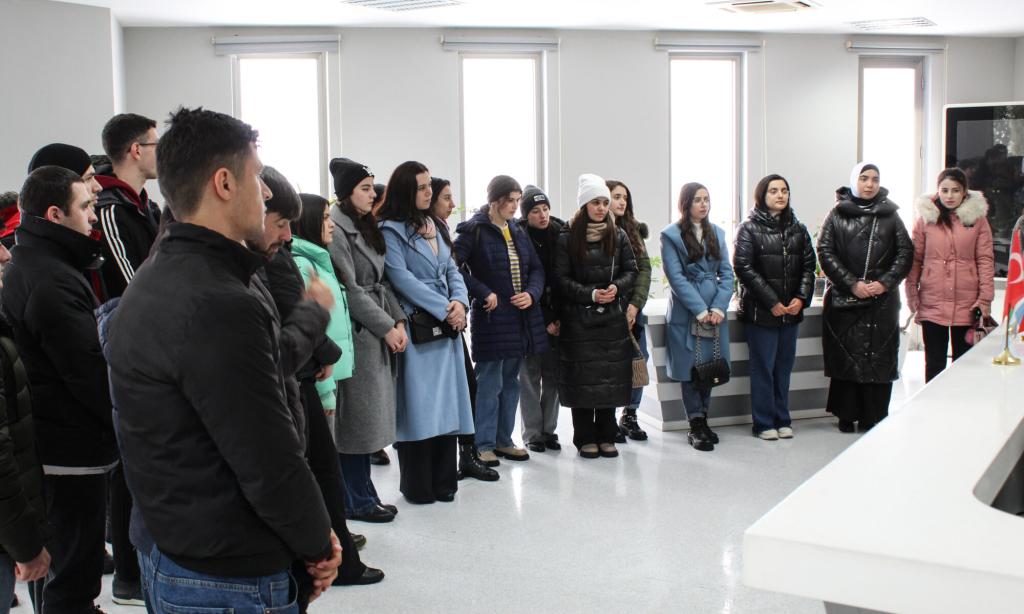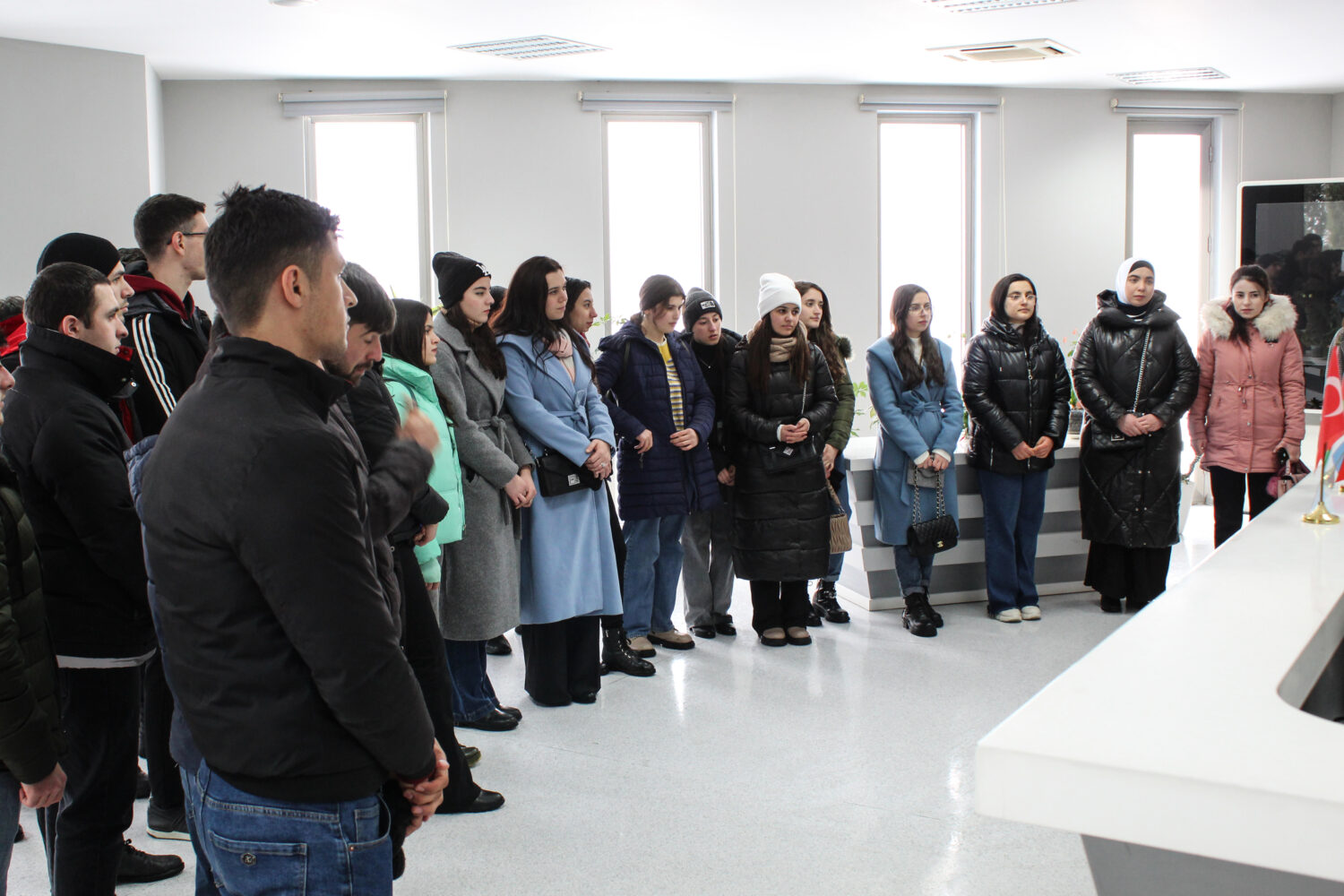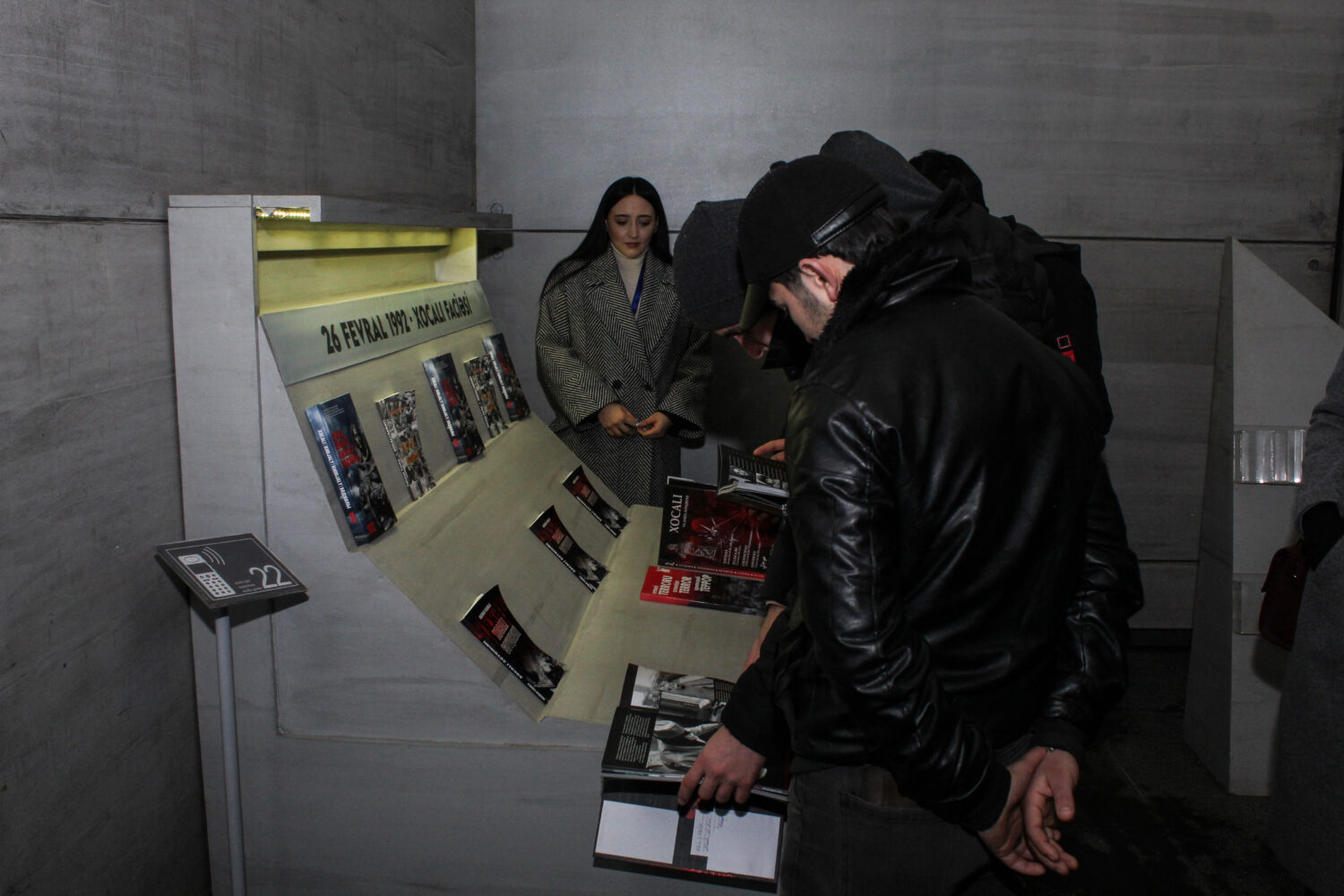
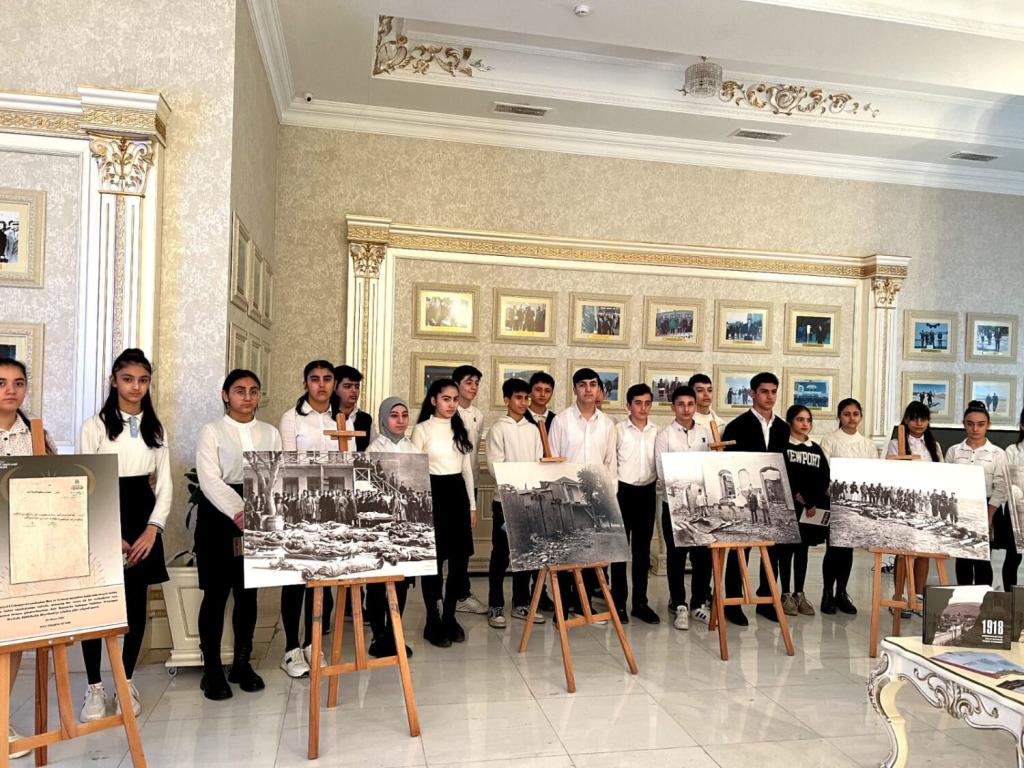
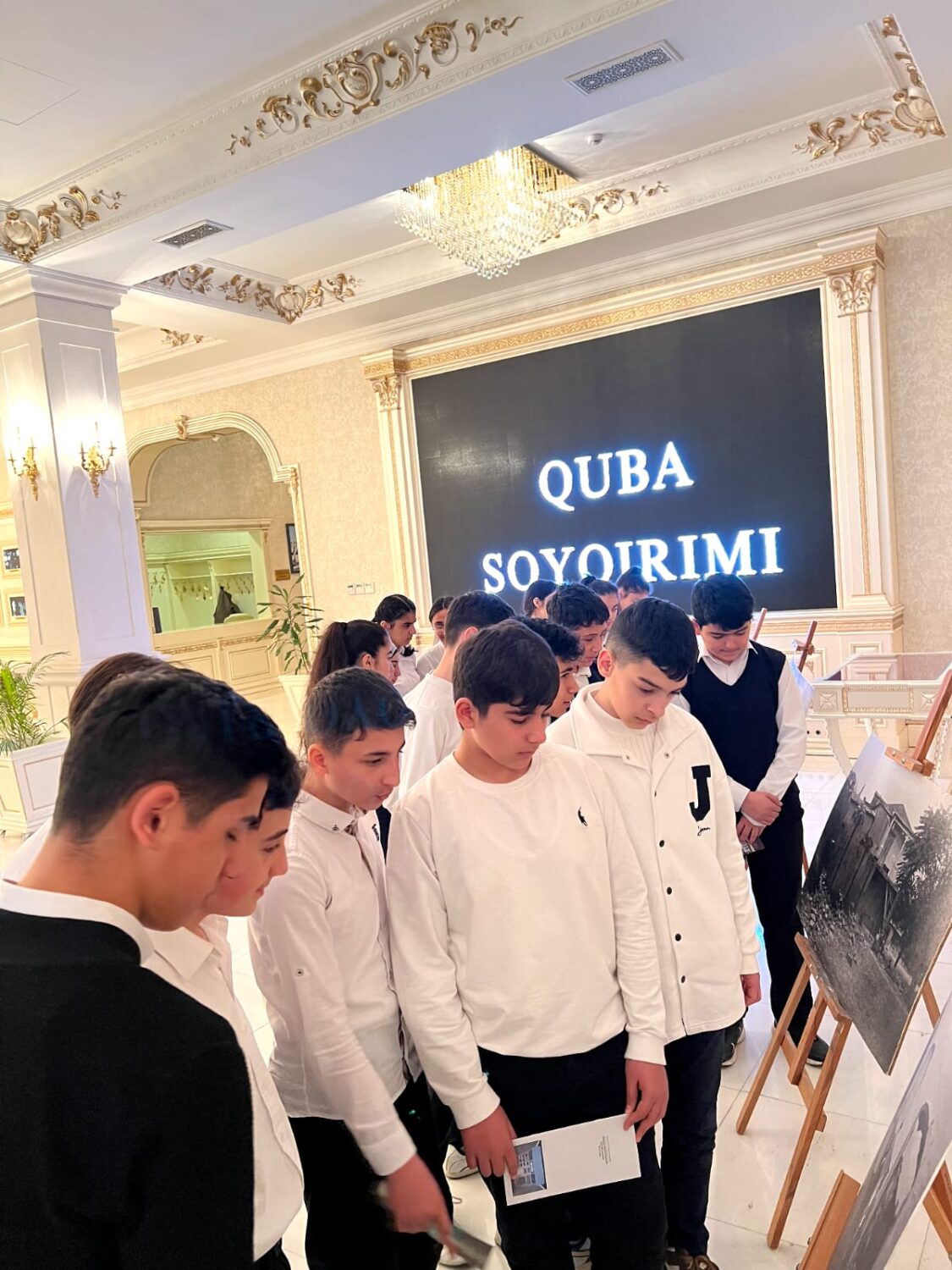
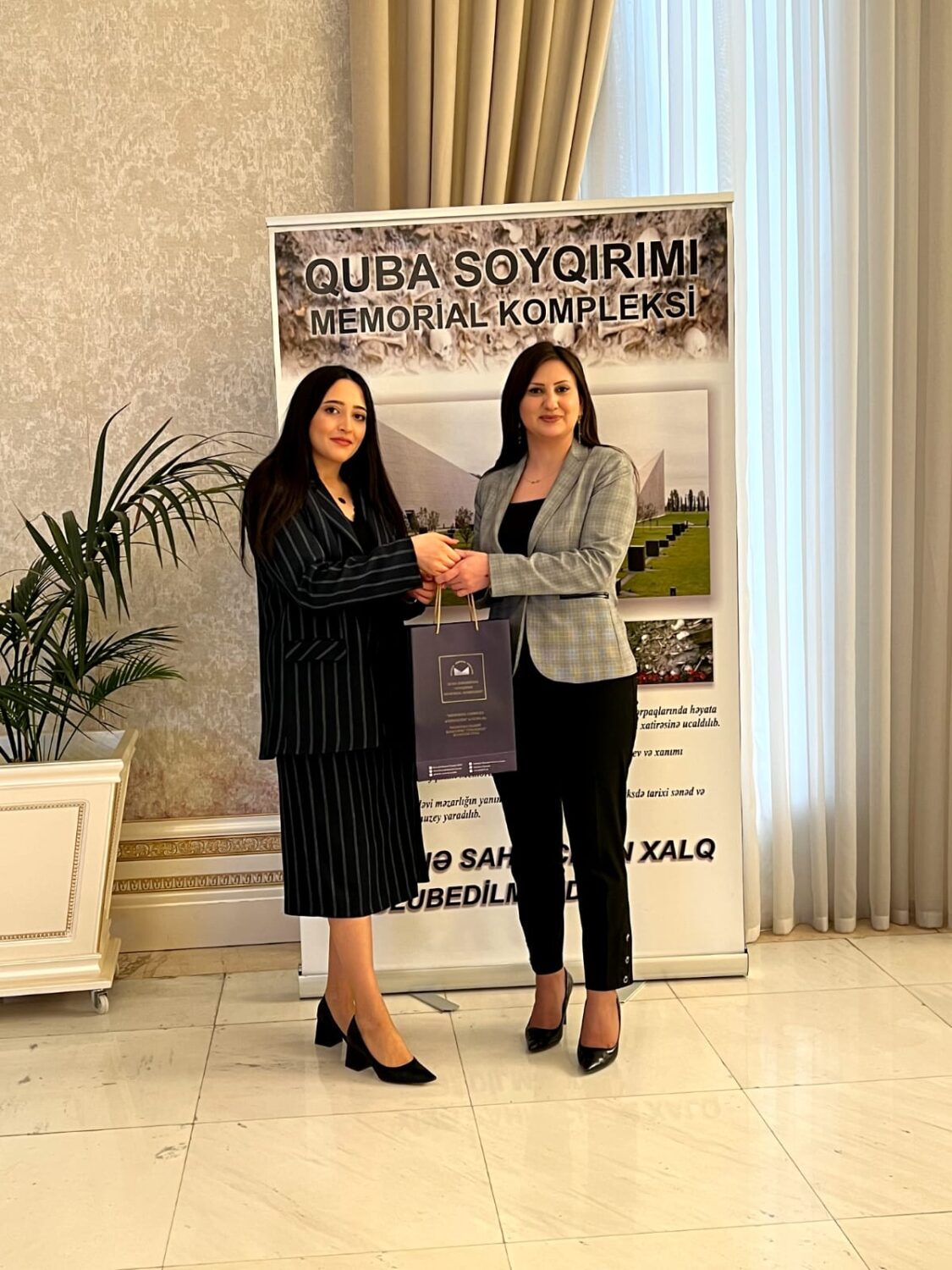
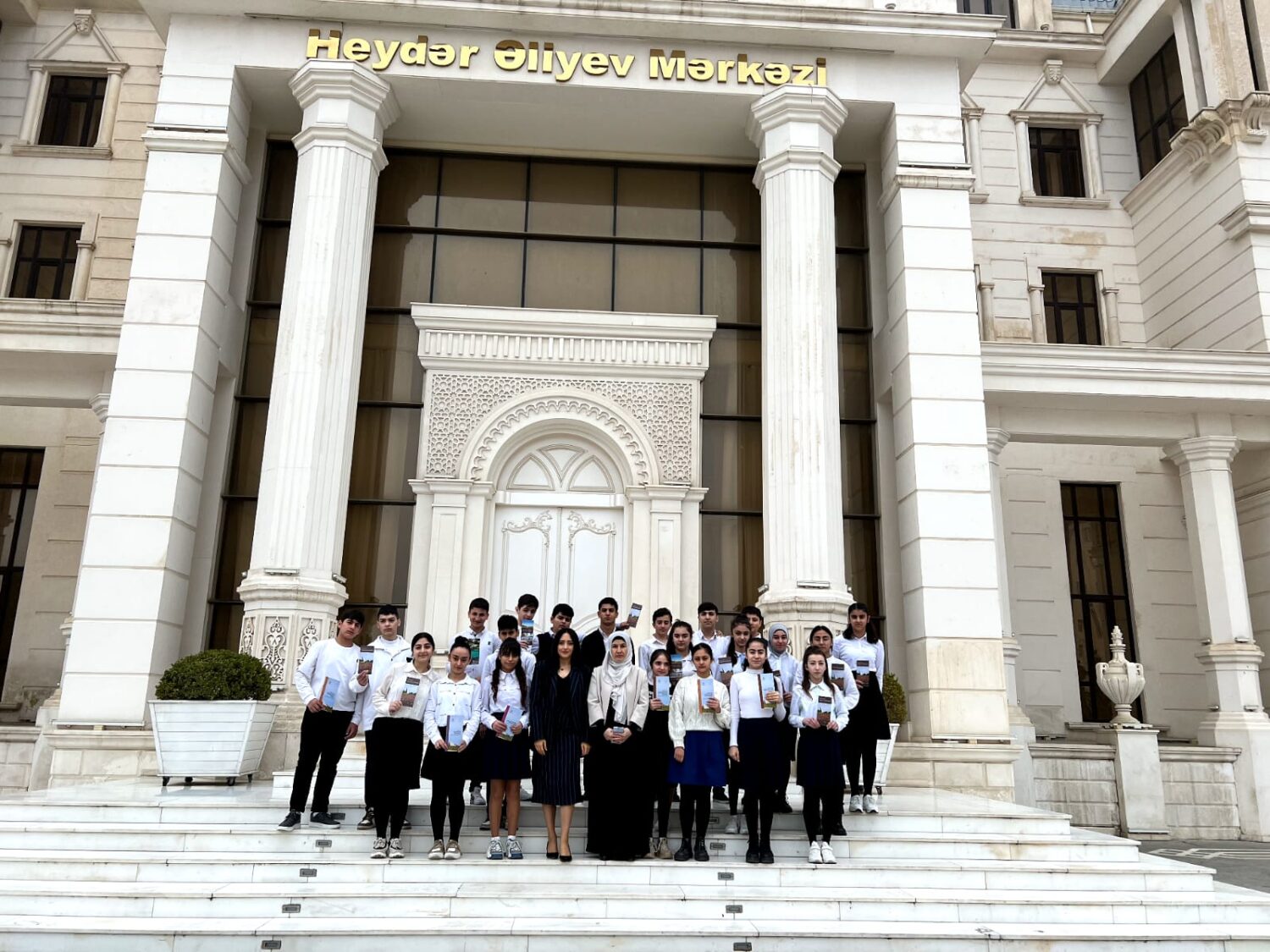
The next event was held at the Heydar Aliyev Center with the participation of teachers and senior students of Sumgayit city secondary school No. 26. Seria Abidova, an employee of the Complex, who gave a wide-ranging speech, presented the event participants with books, photos, copies of archive documents and other materials reflecting the events of the genocide . The speaker noted that after the Republic of Azerbaijan gained independence, it was thanks to the visionary policy of the great leader Heydar Aliyev that our nation got the opportunity to create an objective picture of its historical past. The truths that have been kept secret for many years are revealed, distorted events have received their true value. On March 26, 1998, Heydar Aliyev signed a decree on marking March 31 as the Genocide Day of Azerbaijanis. Since the signing of the decree, March 31 is celebrated as the day of the genocide of Azerbaijanis every year, and the memory of the victims of the genocide is commemorated by every Azerbaijani.


